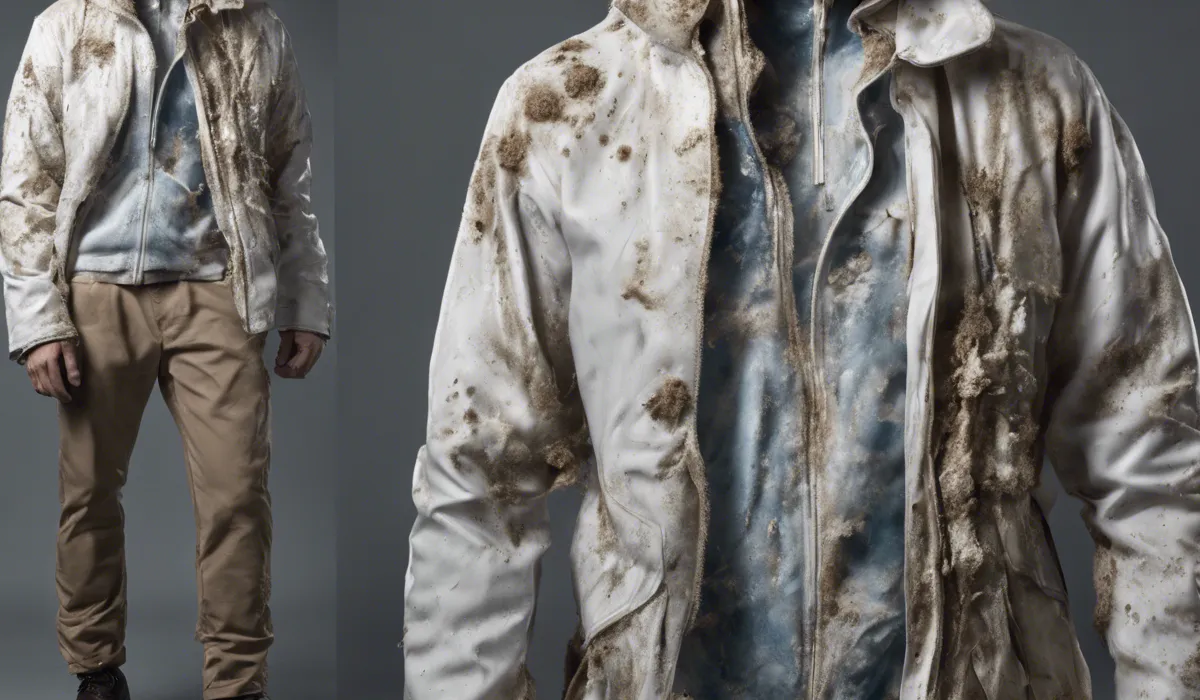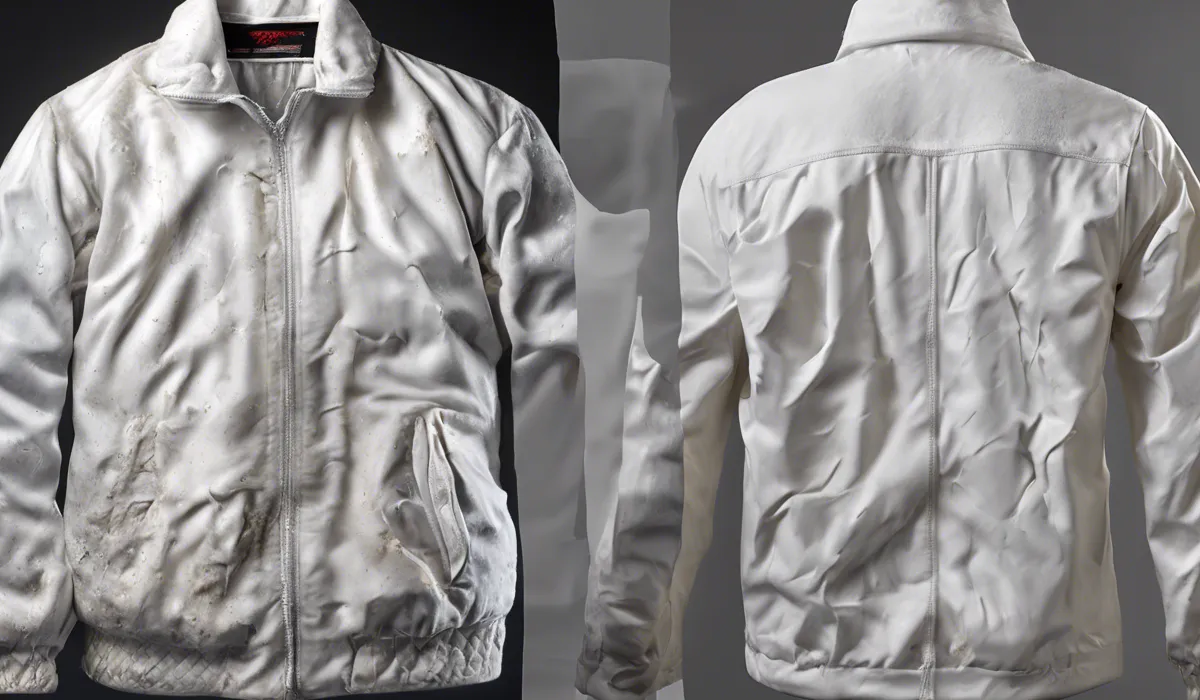Mold on clothes can be dangerous as it may cause allergic reactions or respiratory problems if inhaled. It’s important to remove mold promptly and safely to minimize health risks. Washing affected clothing with hot water and detergent or discarding them is advisable.
Health Risks Associated with Mold on Clothes

Understanding Mold and Its Growth on Fabric
Mold is a type of fungus that can grow almost anywhere with enough moisture and organic material.
Clothes provide an ideal environment for mold when they are damp or not dried properly. The warmth and moisture in fabric fibers can make mold thrive and spread quickly.
Mold on clothes often appears as spots that can be various colors like black, white, or green.
Common Molds Found on Clothing
There are several types of mold that might grow on clothing. Aspergillus, Penicillium, and Cladosporium are some of the most common ones.
These molds can grow on various materials, including cotton, polyester, and leather, especially if they are left in a damp state for too long.
Potential Health Risks of Mold Exposure
Mold on clothing can lead to health problems. Breathing in mold particles may cause respiratory issues such as coughing or wheezing.
Some people may have allergic reactions, including sneezing, red eyes, or a runny nose. Also, direct contact with mold can cause skin irritation or infections.
Immune System Concerns
People with weakened immune systems might have more severe reactions to mold. This includes a higher risk of lung infections or other complications when exposed to mold spores.
Risks for Vulnerable Groups
Infants, the elderly, and those with weakened immune systems are particularly at risk from mold on clothing. It is crucial to keep their environment mold-free to protect their health.
Preventing Mold Growth on Clothing

Proper Clothing Storage
Keeping clothes dry is essential to prevent mold. Store clothes in a dry, cool place. Using airtight containers or vacuum-sealed bags can also help keep moisture out and protect your clothes from mold.
Regular Washing and Drying
Regularly wash and thoroughly dry your clothes to prevent mold growth. It is important to dry clothes immediately after washing to ensure that no moisture remains.
Using Mold Inhibitors
Mold inhibitors and anti-mold products can be used as an extra precaution to keep mold at bay. These products are available and can be applied to clothing or used in laundry cycles.
Controlling Home Environment
Keeping humidity levels in your home low will discourage mold growth. Ensure good ventilation and airflow to reduce dampness, which mold needs to grow.
Managing Wet Clothing
If your clothes get wet or damp, dry them immediately. Hang them in a well-ventilated area or use a dryer.
Do not leave wet clothes in a pile as this creates a perfect environment for mold.
Remediation and Handling of Mold-Infested Clothes

Safety First
Before handling moldy clothes, wear protective gloves and a mask. This will protect you from inhaling spores or having them come into contact with your skin.
Removing Mold from Clothing
For removing mold, use hot water and detergent that is effective against mold. Some natural cleaning agents include vinegar and baking soda.
You can also use chemical cleaners designed to kill mold. Always check the care label on your clothes to choose the best method.
Method for Different Fabrics
Different fabrics may require different cleaning methods. Delicate fabrics might need gentle cleaning, while sturdier materials can withstand more robust treatments.
Cleaning vs. Discarding
Sometimes, if the mold is too widespread or the clothing is too damaged, it is better to discard the item. Consider the value of the clothing and the severity of the mold before deciding.
Professional Help for Severe Cases
If the mold problem is extensive or if you’re dealing with high-value items, professional remediation services might be needed.
Post-Cleaning Care
After cleaning, keep the clothes in a dry, well-ventilated area to prevent mold from returning. Regularly inspect and maintain your clothes to ensure they remain mold-free.
FAQs About the Dangers of Mold on Clothes
Is it safe to wear clothes with mold on them?
It is not safe to wear clothes with mold on them as they can cause allergic reactions or respiratory problems if the spores are inhaled.
Can mold on clothes spread to other garments?
Yes, mold on clothes can spread to other garments, especially in humid conditions or if they are stored together.
What should I do if I find mold on my clothes?
If you find mold on your clothes, you should wash them with hot water and detergent or consider discarding them if the mold is extensive.
Are there health risks associated with mold on clothing?
Yes, there are health risks associated with mold on clothing, including allergic reactions and potential respiratory issues from inhaling mold spores.
How can I prevent mold from growing on my clothes?
To prevent mold from growing on clothes, keep them dry, clean, and stored in well-ventilated areas with low humidity.
Final Thoughts
Mold presence on clothing poses health risks, potentially triggering allergic reactions and respiratory issues.
It’s crucial to address mold growth immediately to prevent these dangers. Clothing should be cleaned with hot water and detergent or disposed of to ensure safety and reduce the risk of mold-related health concerns.
